All Science
 What is the mountain of butterflies? How were they found?
What is the mountain of butterflies? How were they found?Forty-one years ago researchers discovered the 'mountain of butterflies,' the winter home of North American monarch butterflies, after decades of looking.
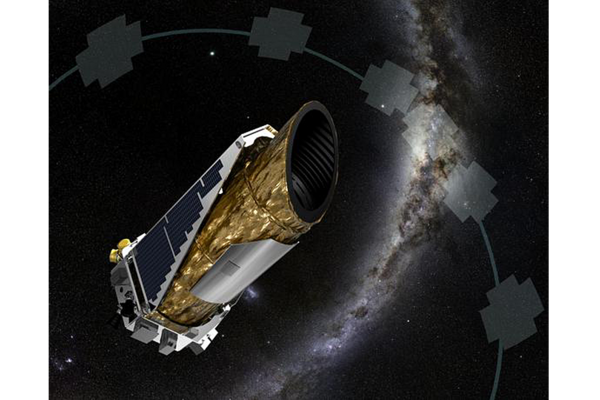 First LookKepler telescope may be broken but it’s still raking in new planetary finds
First LookKepler telescope may be broken but it’s still raking in new planetary findsThe space telescope is still managing to spot an impressive number of exoplanets despite a malfunction.
 Will a new solar-powered polymer help keep us warm?
Will a new solar-powered polymer help keep us warm?MIT scientists have developed the first solid material that can chemically store and release heat, opening the door for its application in industrial and consumer products.
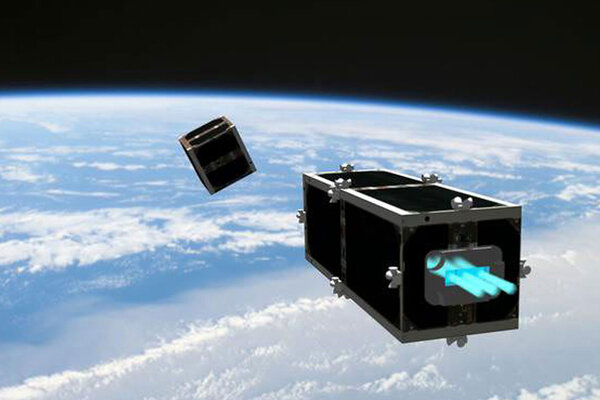 Mysterious 'space balls' crash in Vietnam
Mysterious 'space balls' crash in VietnamSeveral mysterious metal balls were found crashed into a field in Vietnam, a reminder that large amounts of space debris are in orbit around our world.
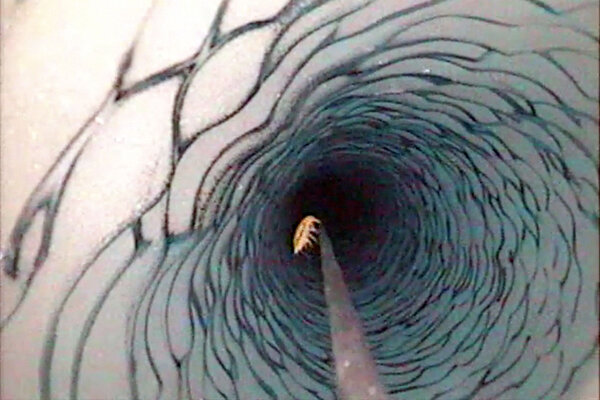 Is the Earth entering a new geological epoch?
Is the Earth entering a new geological epoch?Anthropocene epoch? A new study offers more evidence that human impact on the Earth warrants a new geologic epoch ahead of a 2016 target date for a formal decision on the subject.
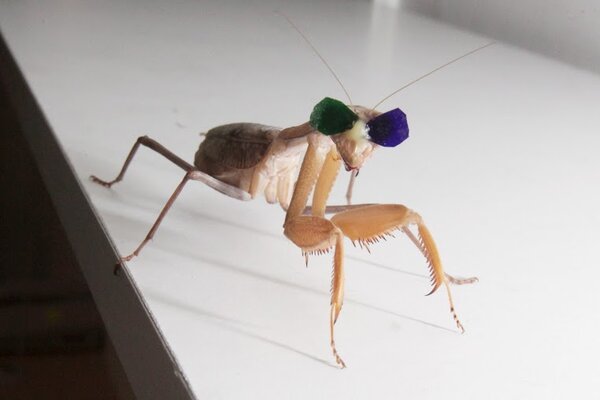 Insect cinema? Why scientists make little 3D glasses for praying mantises
Insect cinema? Why scientists make little 3D glasses for praying mantisesA new paper this week confirmed that praying mantises have 3D vision, which could lead to breakthroughs in computer depth perception.
 Kepler is back! NASA spacecraft discovers 100 alien planets.
Kepler is back! NASA spacecraft discovers 100 alien planets.After a malfunction took NASA's planet-hunting spacecraft out of commission over two years ago, Kepler has returned data of more than 100 previously undiscovered exoplanets.
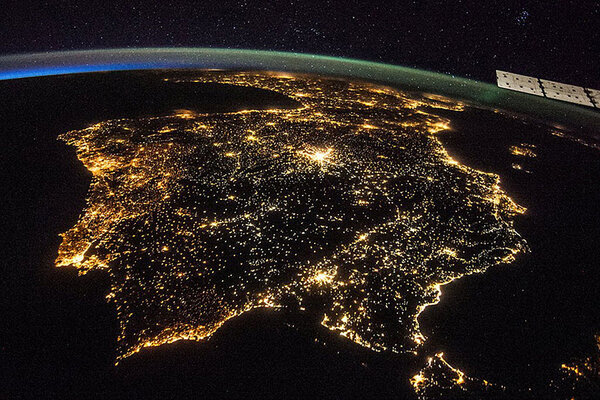 The Anthropocene: Are we in a new, human-induced epoch?
The Anthropocene: Are we in a new, human-induced epoch?Scientists say that the influence of human activity on the Earth has kicked off a new geological epoch.
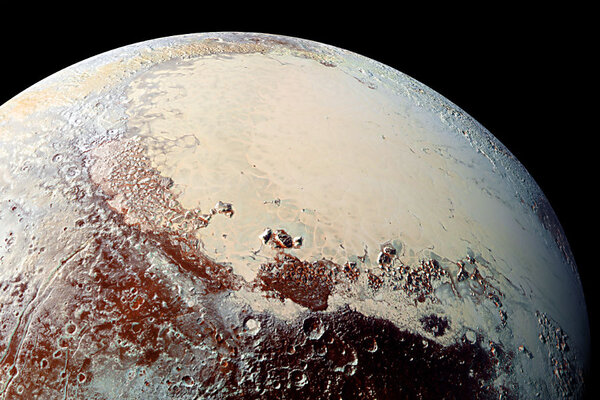 Pluto has a lot more going on than we thought, say scientists
Pluto has a lot more going on than we thought, say scientistsAs information from NASA's New Horizons probe continues to stream back to Earth, scientists are learning that Pluto is not the long-dormant body they thought it was.
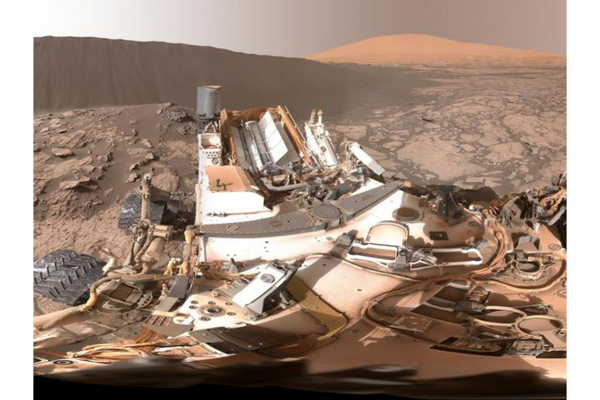 Curiosity rover snaps spectacular pics of Martian sand dunes
Curiosity rover snaps spectacular pics of Martian sand dunesFor the past six week's NASA's Mars rover, Curiosity, has been studying the Red Planet's dark Bagnold Dunes.
 Could brute force and diamonds lead to metallic hydrogen and floating cities?
Could brute force and diamonds lead to metallic hydrogen and floating cities?The unique properties of metallic hydrogen could someday craft light-weight building materials for floating ocean cities and replace liquid hydrogen in rocket fuel, according to researchers.
 Engineered societies
Engineered societiesCan science help orchestrate social outcomes? Should it?
 Did dinosaurs woo mates with fancy footwork?
Did dinosaurs woo mates with fancy footwork?Dinosaur footprints seem to hold evidence that the prehistoric beasts performed dynamic courtship dances.
 Why a musician used advanced algebra to illustrate the universe
Why a musician used advanced algebra to illustrate the universeAn artist from South America used a logarithmic scale to create music and a detailed, yet approachable picture of the known universe.
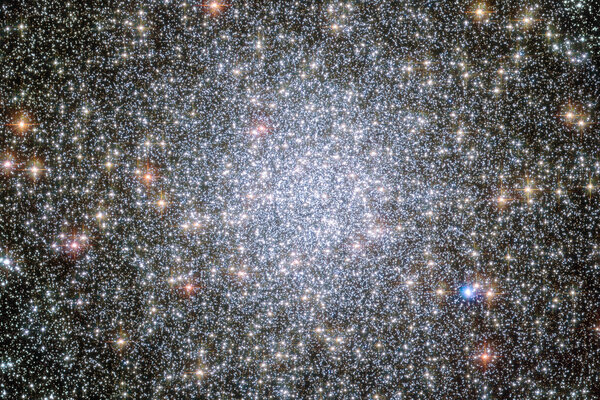 Looking for E.T.? Try dense star fields.
Looking for E.T.? Try dense star fields.Dense fields of stars, known as globular clusters, could be a viable place for life to emerge, according to a new study.
 Researchers discover sand shark nursery off New York City
Researchers discover sand shark nursery off New York CityJuvenile sand sharks have made their home in the waters of Long Island's Great South Bay, say New York Aquarium scientists..
- Slimmed-down black hole has one weird trick for losing weight
An unusually light supermassive black hole might have gotten that way because of a merger between two galaxies.
 Could globular clusters be home to alien intelligence?
Could globular clusters be home to alien intelligence?A new study suggests that globular clusters may be ideal locations for advanced spacefaring civilizations.
 Leopard sharks find their way with their noses, say scientists
Leopard sharks find their way with their noses, say scientistsNew research suggests that the olfactory sense plays a key role in leopard shark navigation.
 First LookOld stars may have some new tricks – possibly even life
First LookOld stars may have some new tricks – possibly even lifeScientists thought globular clusters of stars were too old to have life-producing planets, but some researchers say they should look again.





















